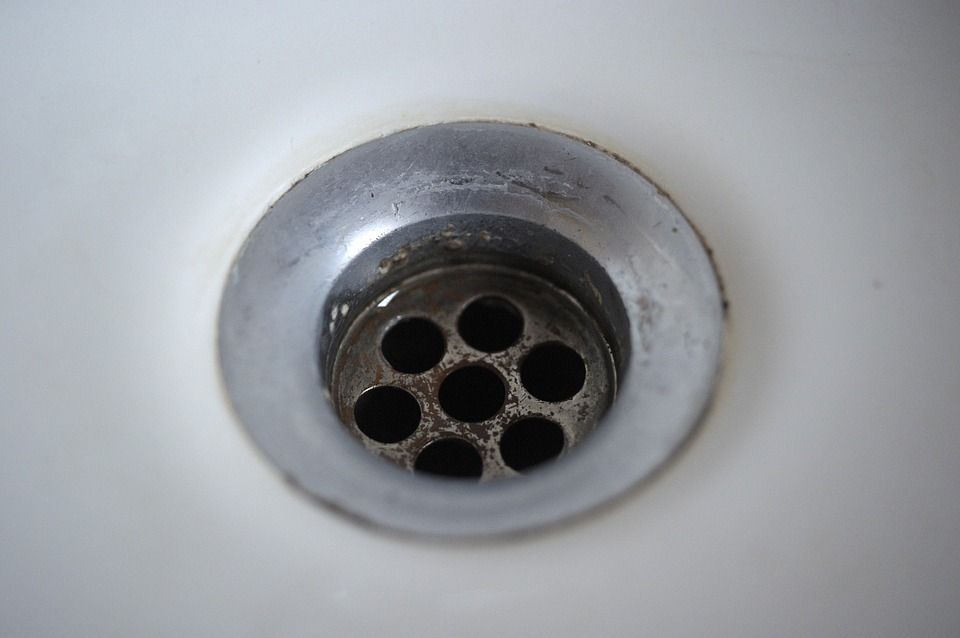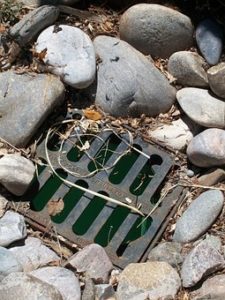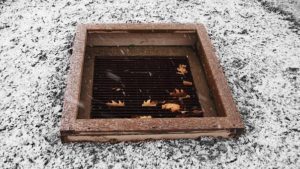Drain Flies

If you have a drain, then there is a high chance that you also have drain flies. There is nothing worse than seeing tiny flies crawling up and out of your drains, and not only is it just unpleasant, but it is also unhygienic. So before they become a serious issue, this drain fly elimination article will cover some simple steps that you can take to keep them away. Drain flies are also called sewer gnats or moth flies.
How to keep drain flies off your drains
Identify and Remove the Breeding Ground
Simply, killing each individual fly that you see  isn’t going to solve the underlying problem that you have if you have drain flies. Unless you identify the breeding ground source, then more are always going to appear. Drain flies like to lay their eggs on hair and other debris that can get caught in the drains, so by clearing the drain completely and removing these items, then the flies and eggs will be removed at the same time.
isn’t going to solve the underlying problem that you have if you have drain flies. Unless you identify the breeding ground source, then more are always going to appear. Drain flies like to lay their eggs on hair and other debris that can get caught in the drains, so by clearing the drain completely and removing these items, then the flies and eggs will be removed at the same time.
Clean the Drains Properly
Removing the source of the breeding ground is only the first step – keeping all drains clean and hygienic is the best way to ensure no more drain flies. Using powerful and high-quality drain cleaner with hot water is the best way, and invest in a flexible metal pipe brush or plumbing snake to clean the sides of the drain as far down as you can reach.
Kill all the flies you find
To lessen the chance of a reinfestation once the drains are cleared and cleaned, have a hunt for, and most importantly, kill any drain flies you may find hanging around. They do not travel far as they are not good fliers so thoroughly check the surrounding area. Ensure that the flies are killed properly by using a fly swat and insect spray. Continue searching for flies for a couple of weeks after cleaning the drains.
Maintain the Cleanliness of the Drains
 Unless you maintain the cleanliness of your drains, then the drain flies will keep returning. Once you know that the drain is clear using the above steps, then invest in a good drain cleaner to use at least once a week. If you do not want to use chemicals, then a mixture of salt, baking soda, and white vinegar will also work. Keep the entire drain area clean, remembering to get deep inside (using a drain snake). This will prevent a new family of drain flies from making your drain a home.
Unless you maintain the cleanliness of your drains, then the drain flies will keep returning. Once you know that the drain is clear using the above steps, then invest in a good drain cleaner to use at least once a week. If you do not want to use chemicals, then a mixture of salt, baking soda, and white vinegar will also work. Keep the entire drain area clean, remembering to get deep inside (using a drain snake). This will prevent a new family of drain flies from making your drain a home.
